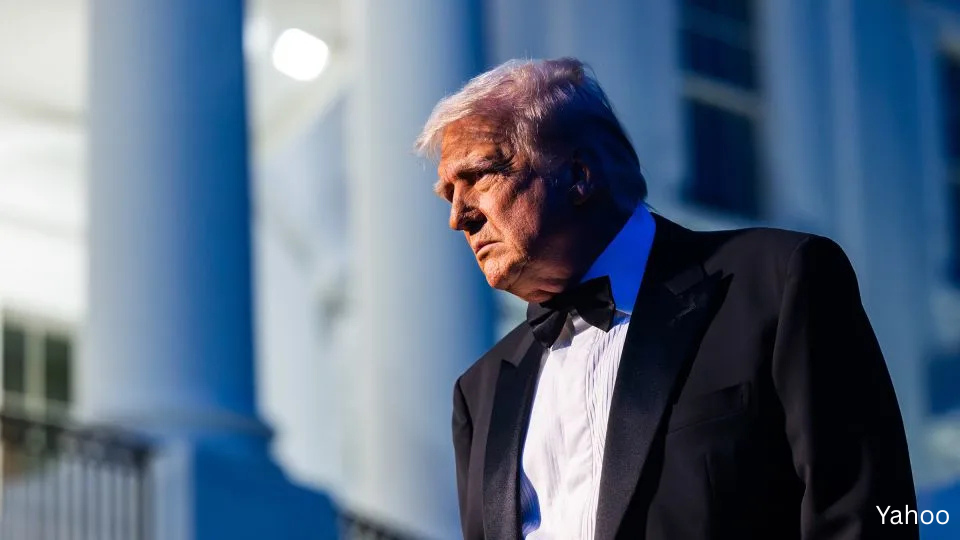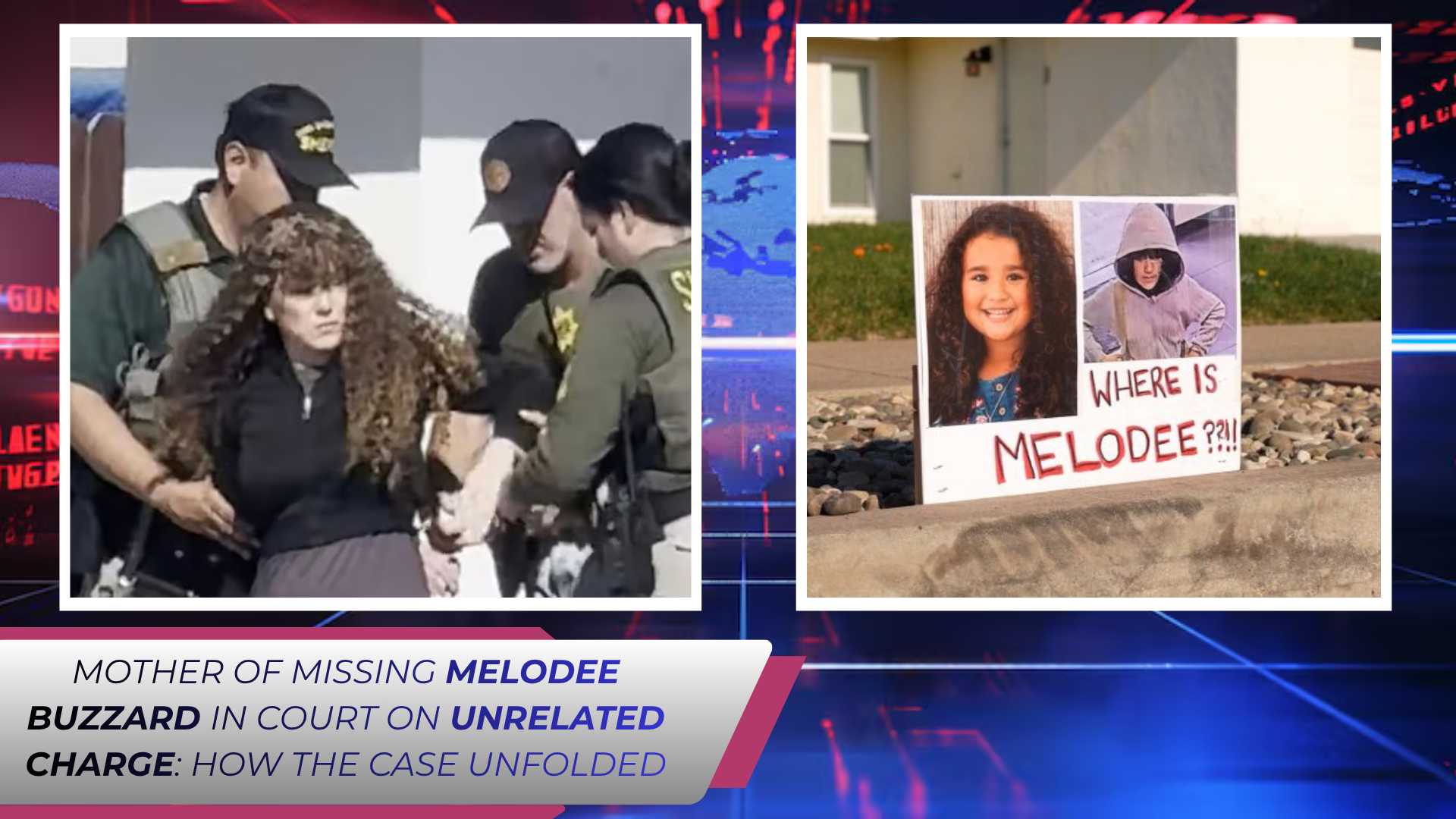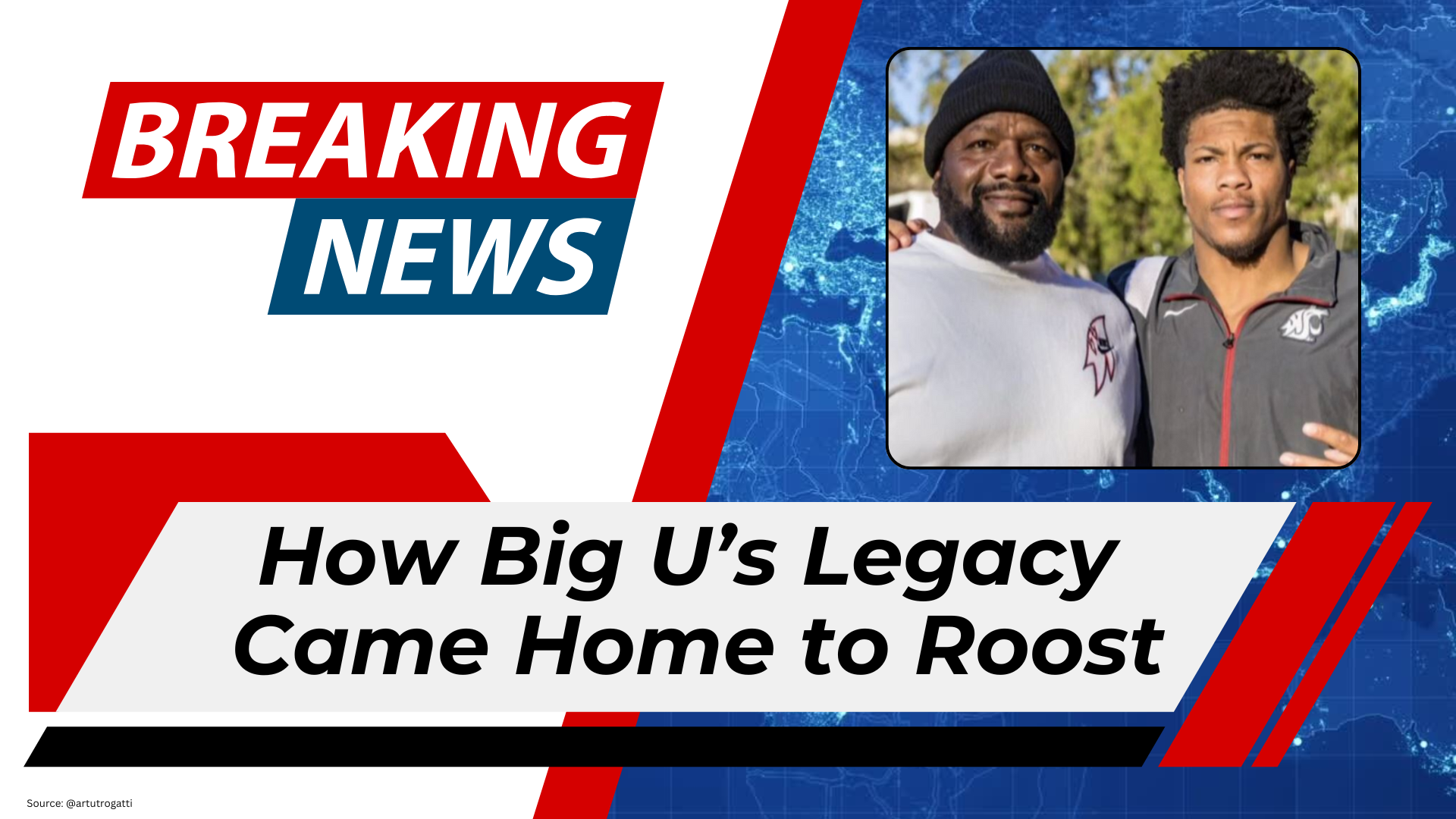In late September, President Donald Trump directed the deployment of federal troops to Portland, Oregon, officially citing the need to protect Immigration and Customs Enforcement (ICE) facilities. But according to officials close to the administration, the move served a dual purpose: safeguarding federal property while advancing the president’s broader crime crackdown agenda.
The decision underscored how the White House has strategically used protests and unrest as both a justification for forceful interventions and an opportunity to highlight Trump’s campaign message of “law and order.” Portland, with its long history of demonstrations and clashes near federal buildings, became the testing ground for this policy.
Federal Troops in Portland
The White House argued that the deployment was a response to “violent riots” tied to Antifa-linked groups targeting the ICE building south of downtown Portland. Officials insisted that the unrest, which had persisted for months, placed federal law enforcement in danger and disrupted operations.
“You can kill two birds with one stone,” said one person familiar with internal discussions, suggesting that protecting ICE facilities offered the legal cover to simultaneously expand the administration’s crime initiative.
On September 28, Trump declared that the National Guard was already in place, emphasizing that the move was necessary to stop “antifa and radical left anarchists viciously attacking our Federal Law Enforcement Officers.”
The president further suggested at a military event in Quantico, Virginia, that unrest in cities could even serve as “training grounds” for the U.S. military.
Legal Pushback in Oregon
Oregon’s state and local leaders immediately pushed back, filing lawsuits against the administration. They argued that Trump’s activation of the Oregon National Guard without state consent represented unlawful federal overreach. Democratic Senator Jeff Merkley accused the White House of deliberately trying to provoke unrest.
“The president has sent agents here to create chaos and riots here in Portland, to induce a reaction,” Merkley said during a press conference. “His goal is to make Portland look as he was describing it as. Our job is to say, ‘We are not going to take the bait.’”
Court filings by Oregon and Portland officials argued that the deployment threatened to “undermine public safety by inciting a public outcry” rather than resolving tensions.
The situation also raised practical concerns: Guard members tasked with assisting federal agents were not set to be paid until the federal government reopens, complicating the logistics of the operation.
A Broader Crime Crackdown
The Portland deployment was part of a larger pattern. The Trump administration has announced plans to send troops or federal agents to several cities, including Washington, D.C., Los Angeles, Chicago, and Memphis. In Los Angeles, officials said the presence of troops helped quell demonstrations, while in Chicago, the administration has so far limited its role to deportation operations due to legal risks of a full military intervention.
White House officials framed the president’s strategy as two-fold: protecting federal facilities and tackling crime in Democratic-led cities. “President Trump is taking lawful action to protect federal law enforcement officers and address the out-of-control violence that local residents have complained about and Democrat leaders have failed to stop,” spokesperson Abigail Jackson said in a statement.
Behind the scenes, advisers acknowledged that Portland presented fewer legal complications than Chicago, where state leaders had already threatened lawsuits. By leveraging the ongoing ICE protests in Oregon, the administration found what it believed to be a defensible legal and political opening.
Local Realities Versus Federal Messaging
Portland city leaders argued that most demonstrations near the ICE facility were peaceful, despite occasional confrontations that led to tear gas deployments and temporary closures of the building. Federal prosecutors reported charging 27 people for protest-related offenses as of last month, mainly for assaulting officers or refusing lawful orders.
Yet, for the White House, even sporadic unrest fit the narrative of cities being overrun by radical groups. Officials openly admitted they were monitoring Portland’s response to troops on the ground, with one official noting that if protests escalated, Trump would not hesitate to “increase the number of troops in the city.”
Mayor Keith Wilson rejected the necessity of the deployment outright, declaring: “The number of necessary troops is zero.”
Political Stakes
Trump’s federal crackdown has not only been a law enforcement strategy but also a political calculation. Administration officials privately described it as a campaign promise aimed at resonating with voters ahead of the 2026 midterms. By spotlighting Portland, the White House sought to reinforce its argument that only federal intervention can restore order in cities led by Democratic officials.
Opponents contend that the tactic is a deliberate attempt to create the appearance of chaos in order to justify stronger crackdowns. Supporters argue that Trump is stepping in where local leaders have failed.
Either way, Portland became a symbol: for the administration, of unchecked unrest requiring decisive action; for critics, of federal overreach and the politicization of public safety.





.jpg)


